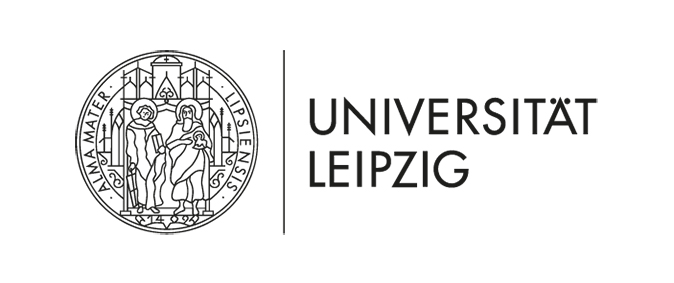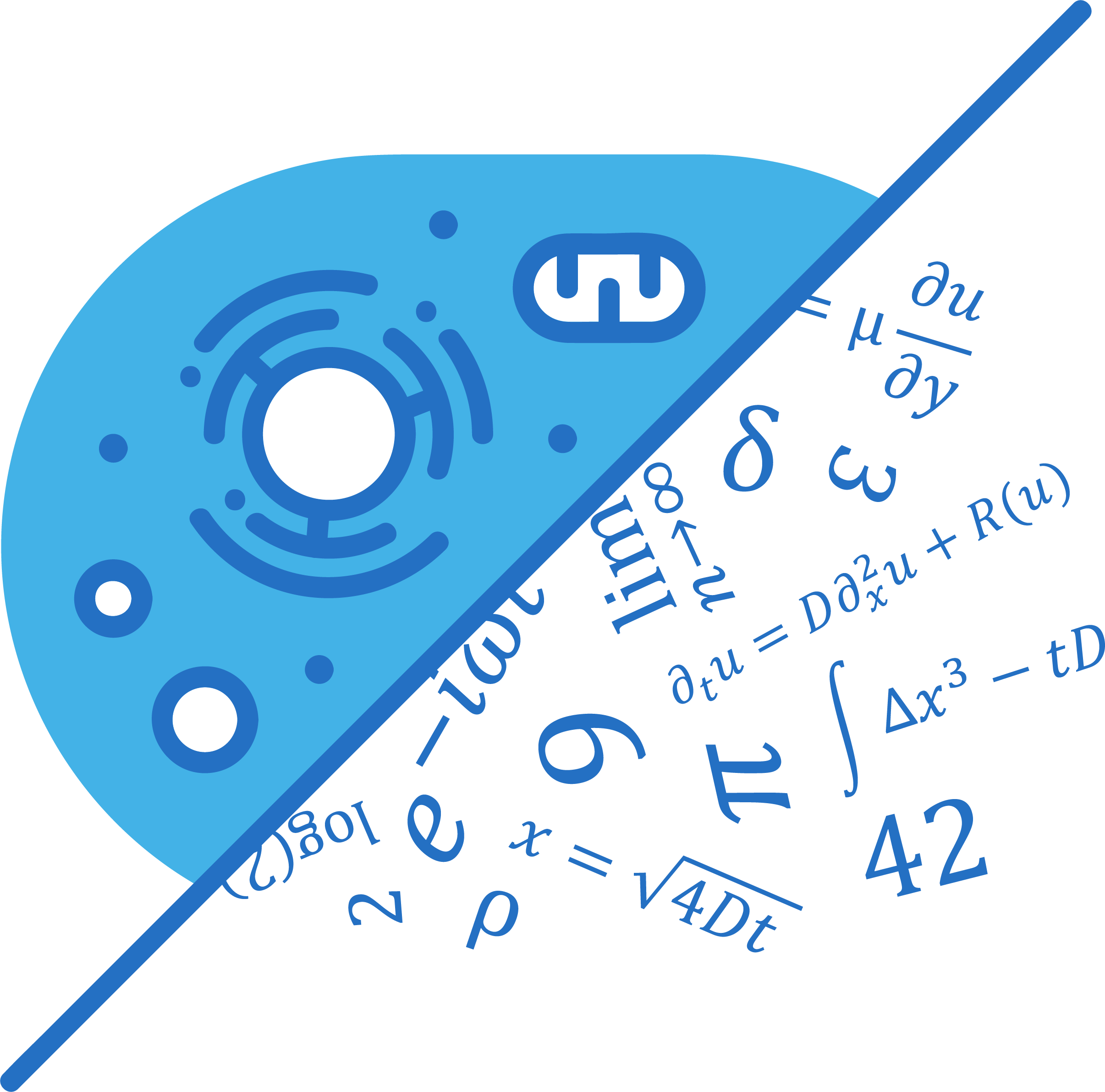|
15th Annual Symposium Physics of Cancer Leipzig, Germany Sept. 30 - Oct. 2, 2024 |
PoC - Physics of Cancer - Annual Symposium | |||||||||||||||||||||
|
|
Poster
Probing age-dependent mechanical properties of the liver metastatic niche
Contact:
Colorectal cancer is the third most prevalent forms of cancer with the second highest rate of mortality. During disease progression, colorectal cancer cells can metastasize into the liver through the portal vein, making the liver the secondary organ affected by colorectal cancer. At all steps of the metastatic cascade, cancer cells interact with their microenvironment that provides important biochemical as well as mechanical cues. It is likely that colorectal cancer cells are exposed to very different mechanical inputs once they colonise the liver when compared to their primary tumour site, including differences in ECM composition and stiffness, architecture, as well as cellular interactions. In addition, it is hypothesised that lifestyle and age can largely affect the mechanical niche that metastasizing colorectal cancer cells encounter in the liver. Here we set out to quantitatively compare liver tissue mechanical properties of young and old mice with and without colorectal metastases using atomic force microscopy (AFM) and other techniques. Firstly, we established an optimized measurement protocol for freshly harvested murine liver tissue, which included the preparation of tissue sections using a vibratome, opting for a horizontal cutting plane of the liver tissue. Across the healthy tissue, comparable stiffness values (measured as apparent Young’s moduli) were obtained. We then quantitatively compared stiffness between various regions of the tumour tissue (core, peripheral, tumour-adjacent and further apart non-tumour tissue). Distinct differences were found between tumour tissue, the immediately surrounding tissue, as well as non-tumour tissue of the same sample. Specifically, the tumour-adjacent tissue was typically stiffer compared to the inner tumour regions. Interestingly, the non-tumour region further apart was in most cases more compliant compared to liver tissue of non-tumour bearing healthy control mice. When comparing liver tissue of young mice (~11weeks) and older mice (~36weeks), the tissue of young animals appeared more compliant. Especially the tumour-adjacent tissue in older mice showed increased stiffness values compared to young mice. These mechanical changes are noteworthy in regards to the observation that young mice developed a higher number of metastatic foci compared to older animals. This will be the starting point for more sophisticated qualitative analyses of tumour tissue changes in the context of aging. We expect that a more comprehensive picture of the liver metastatic niche including its mechanical characteristics will be crucial to further our understanding of cancer progression.
|









